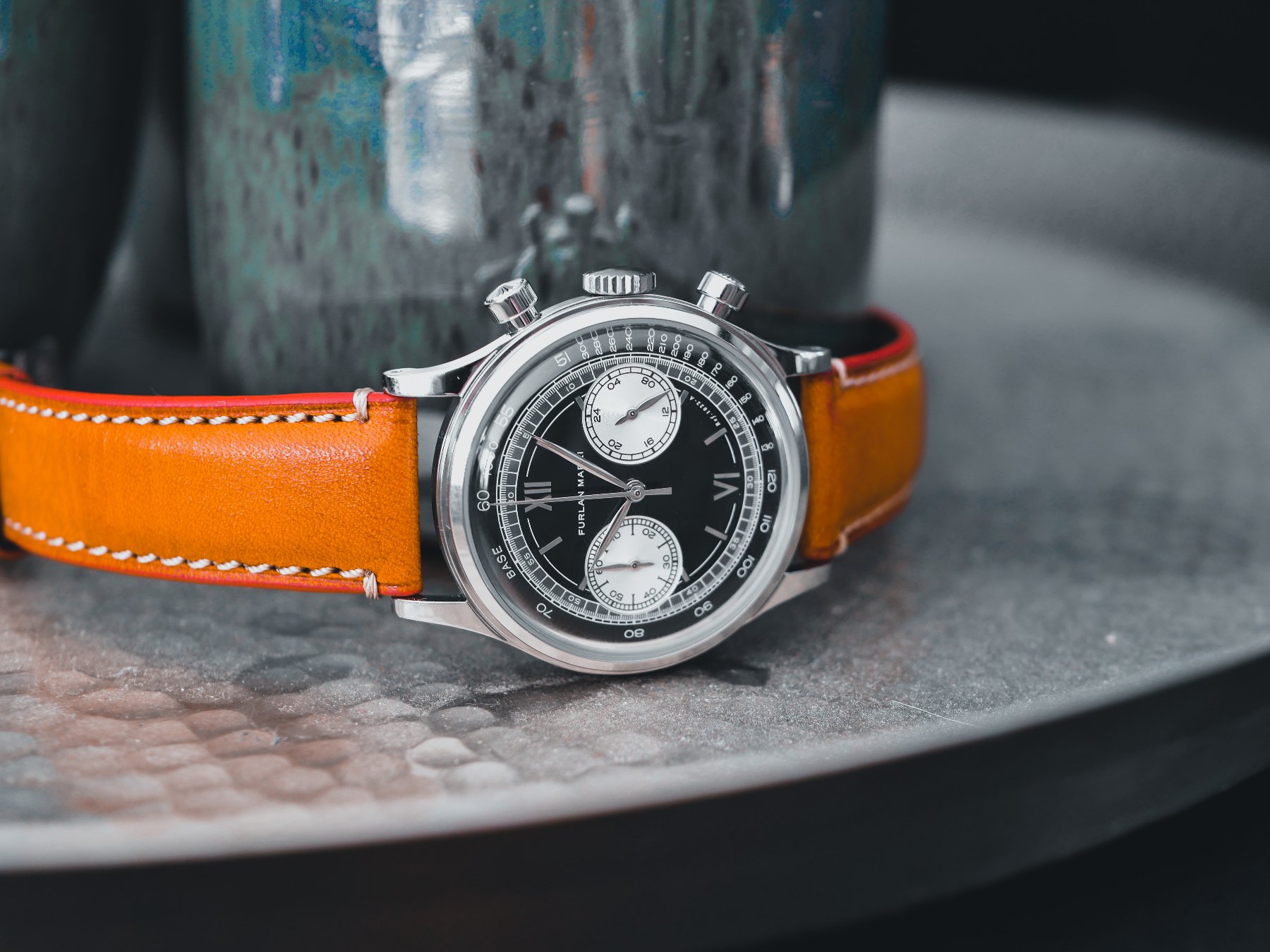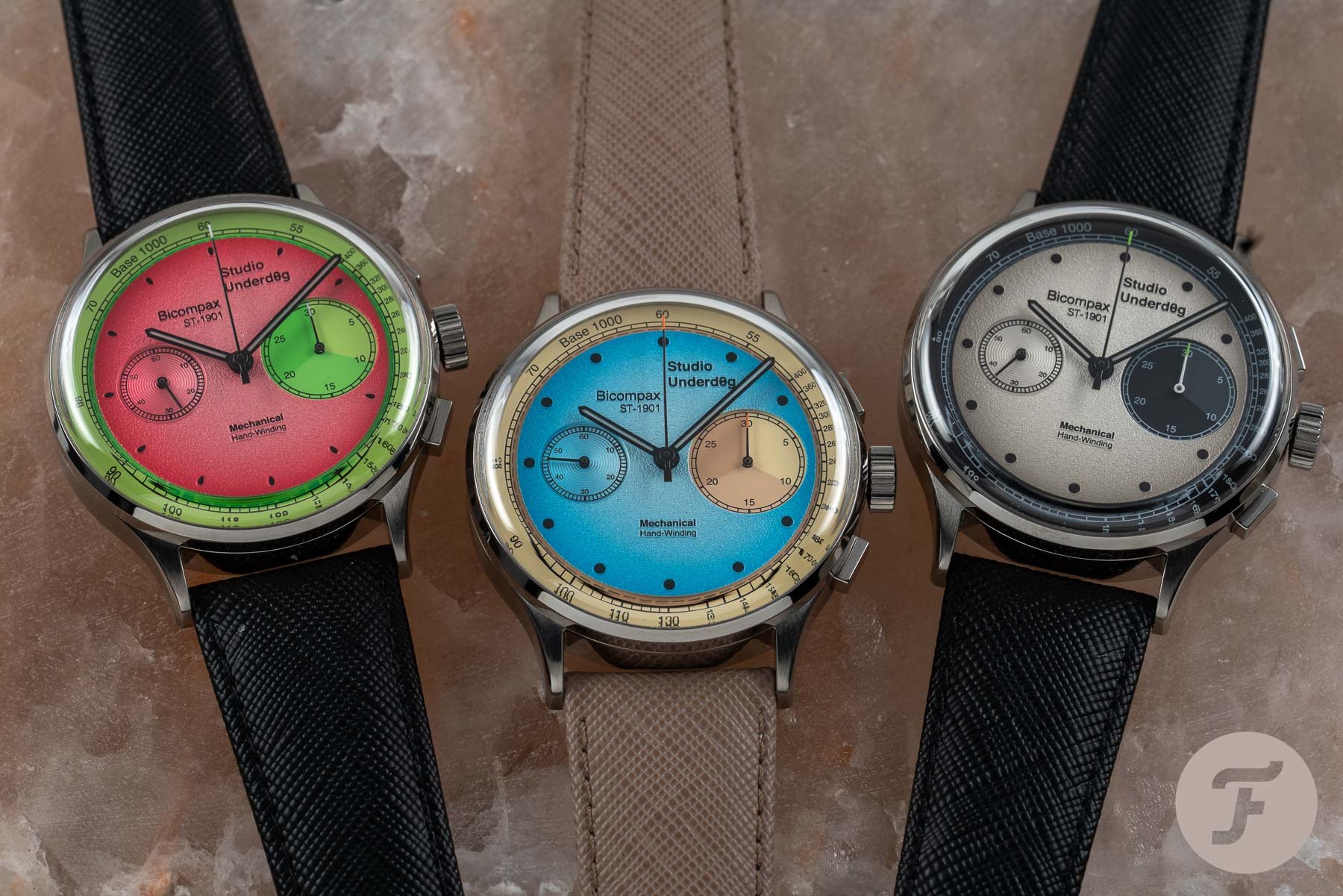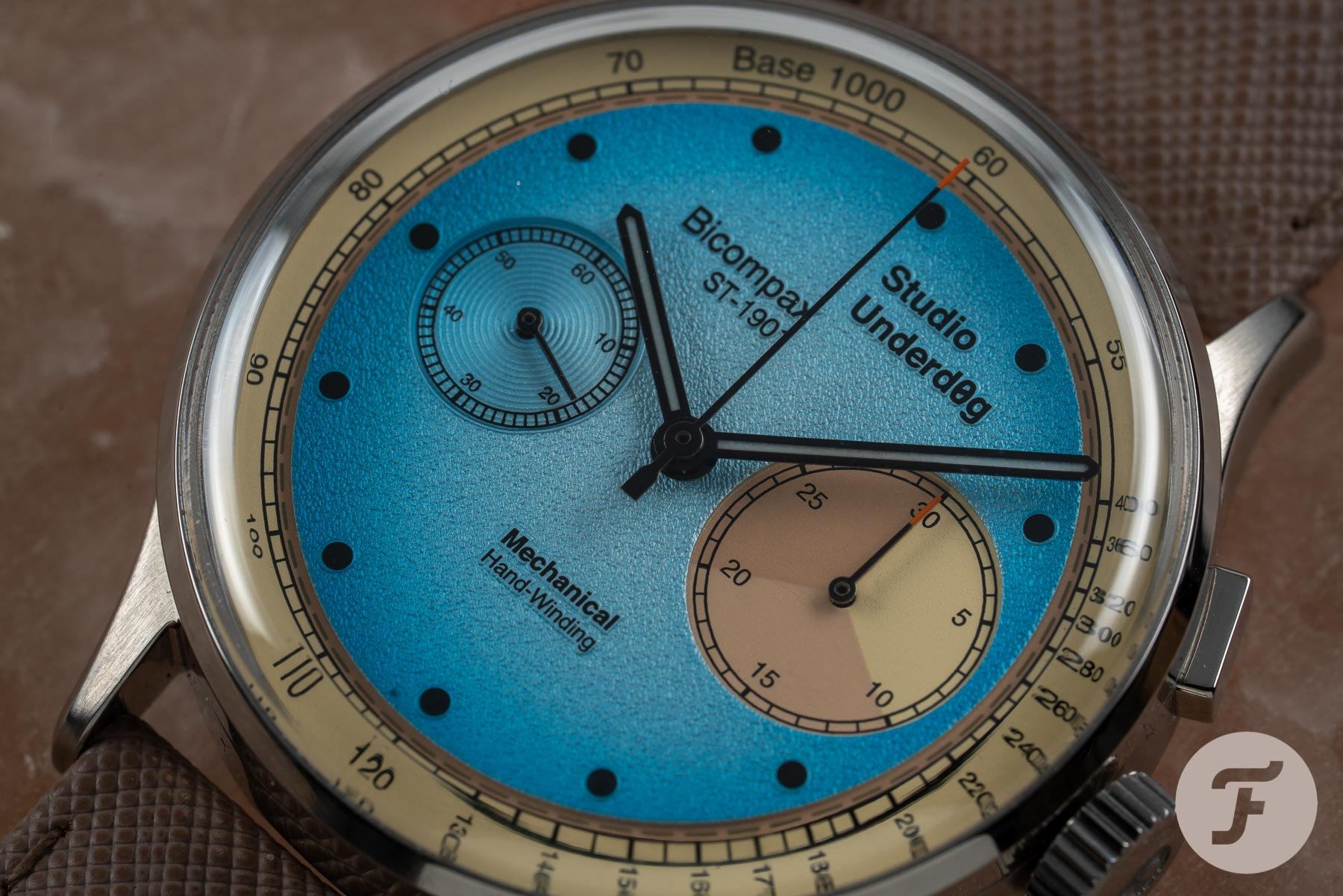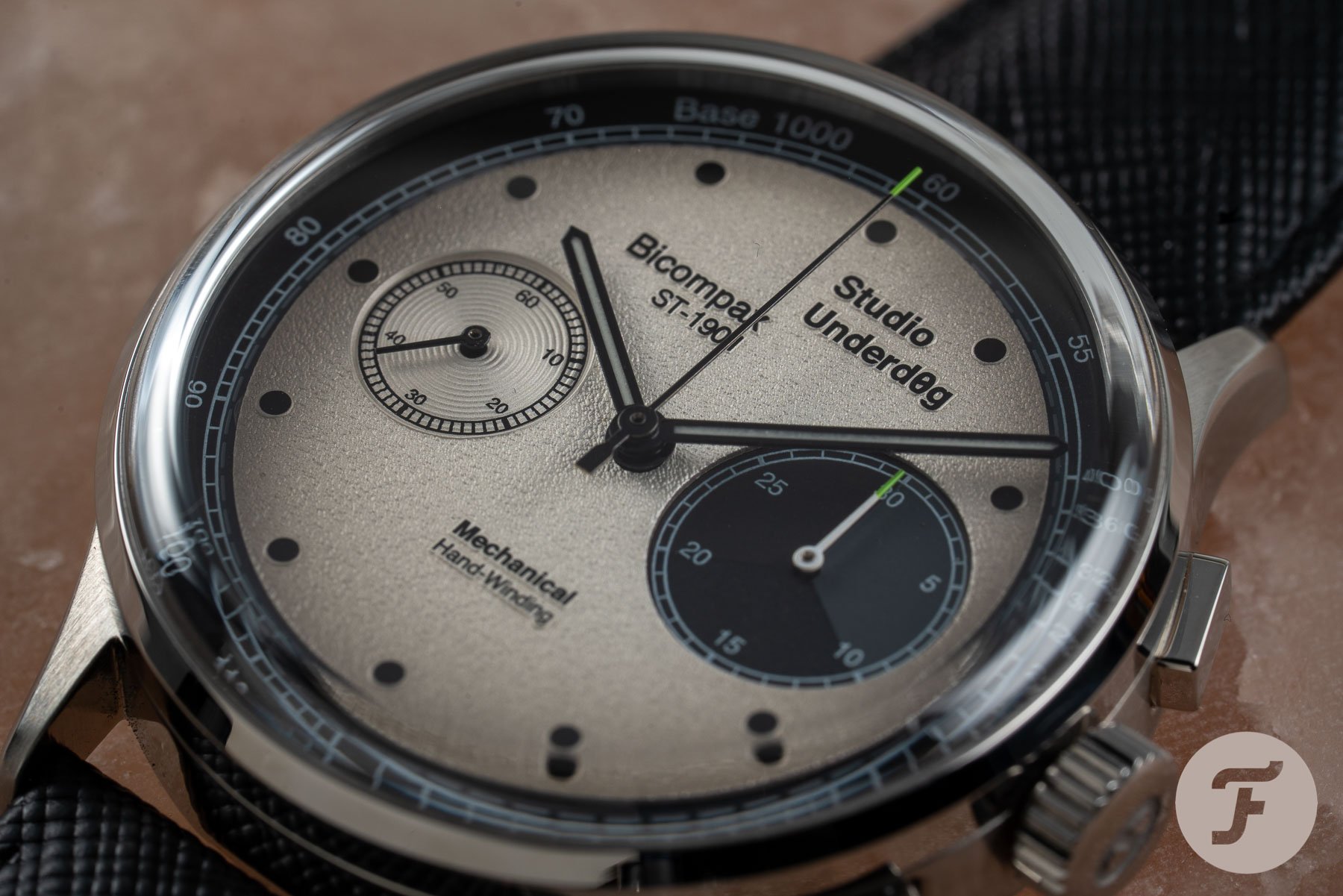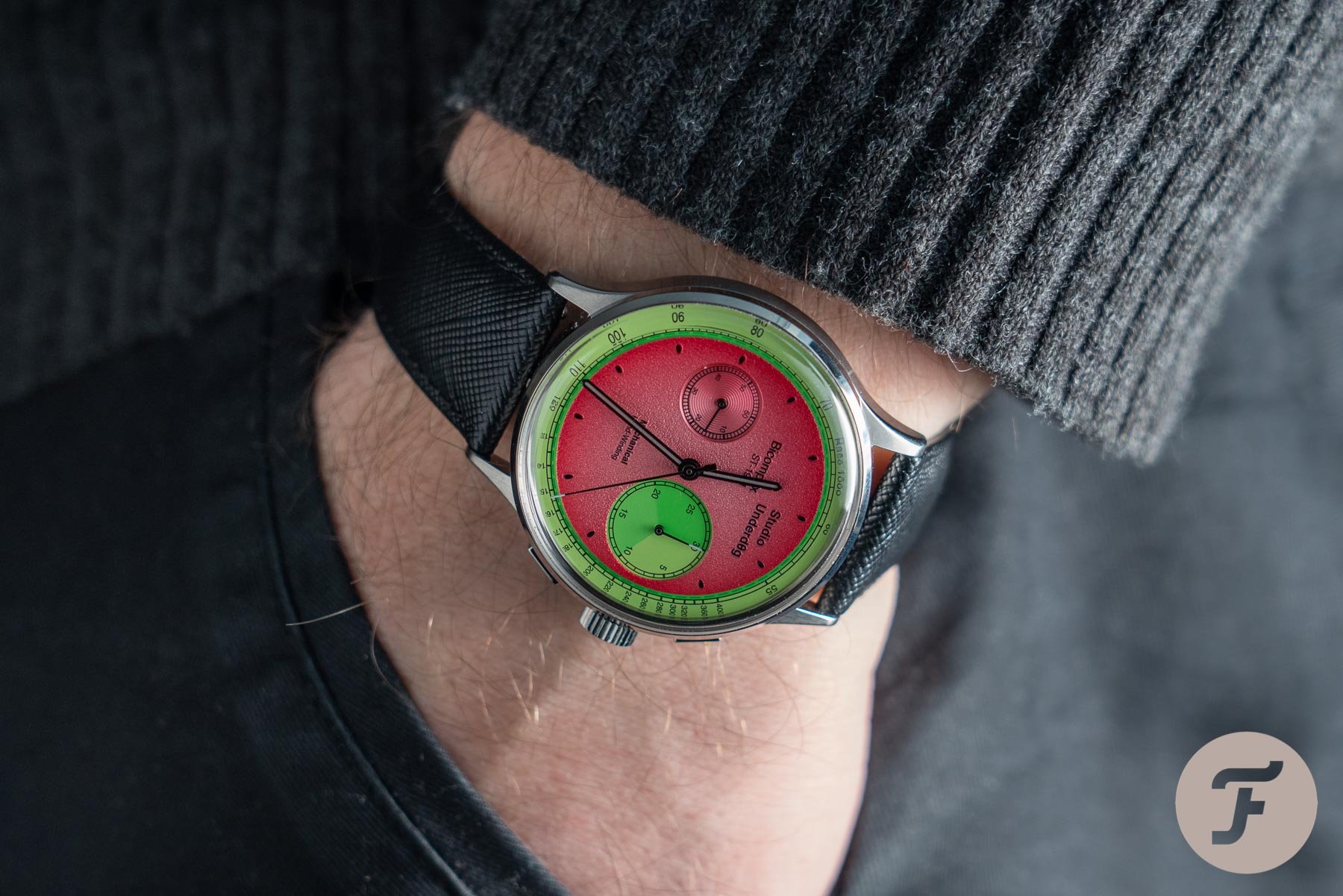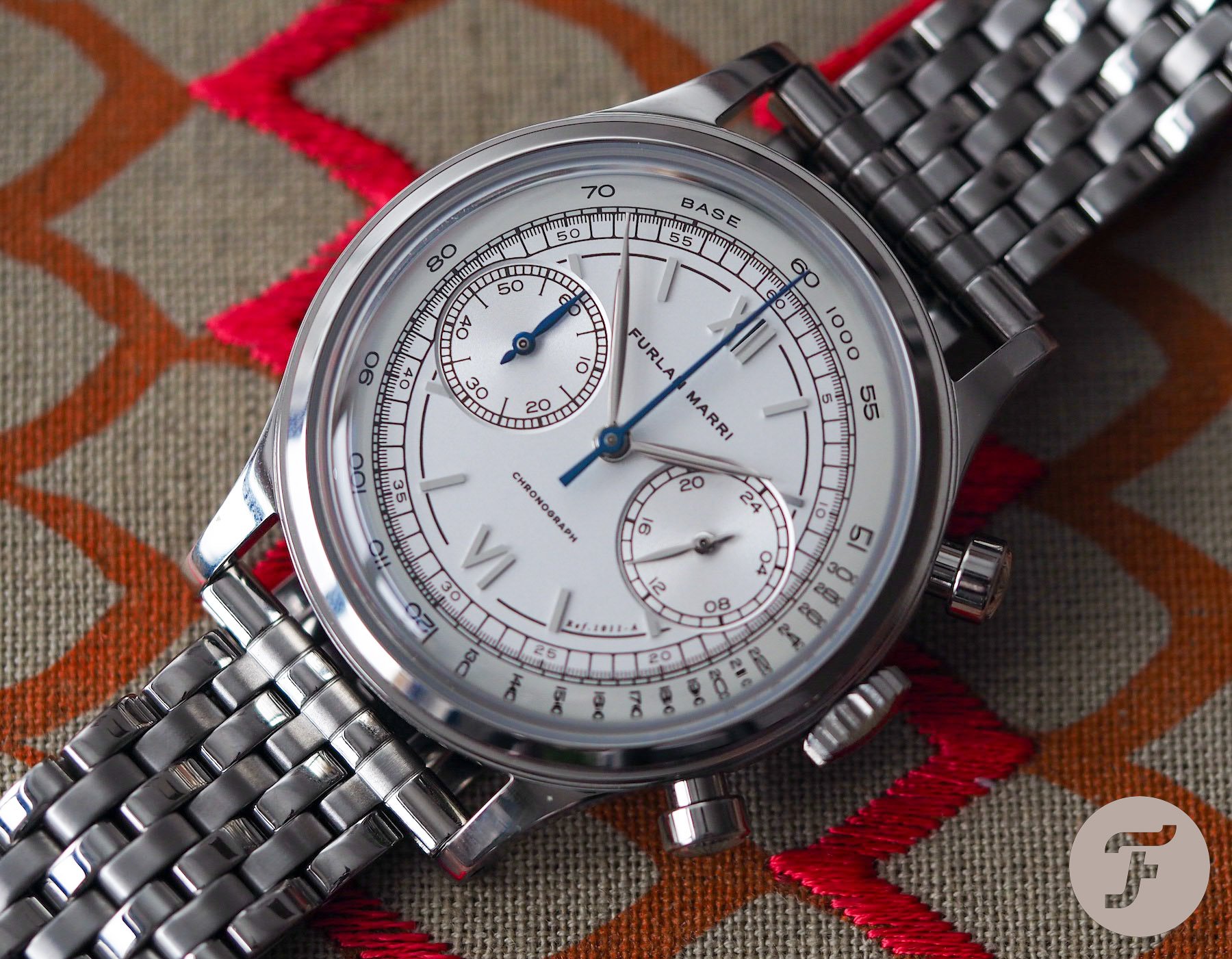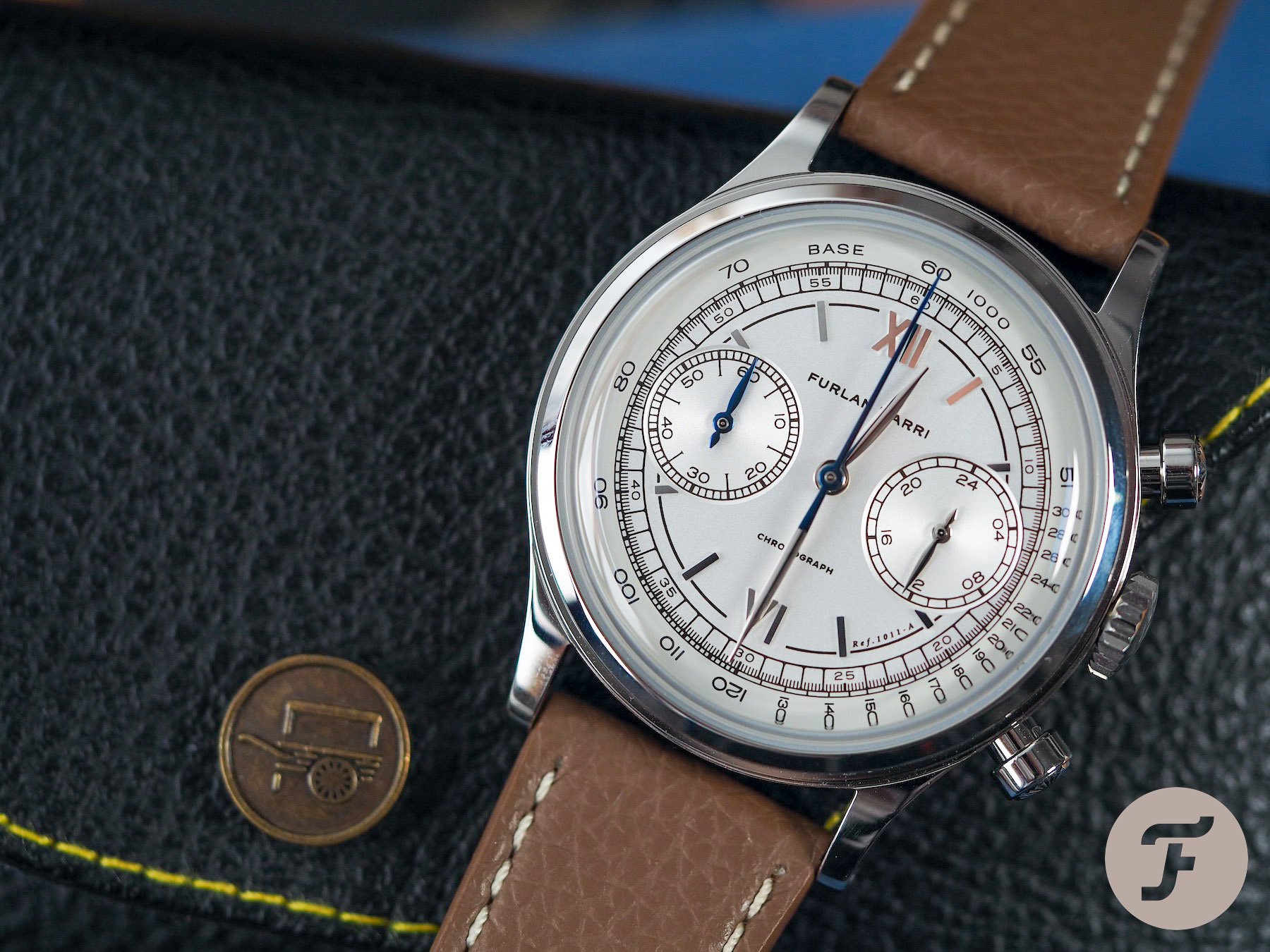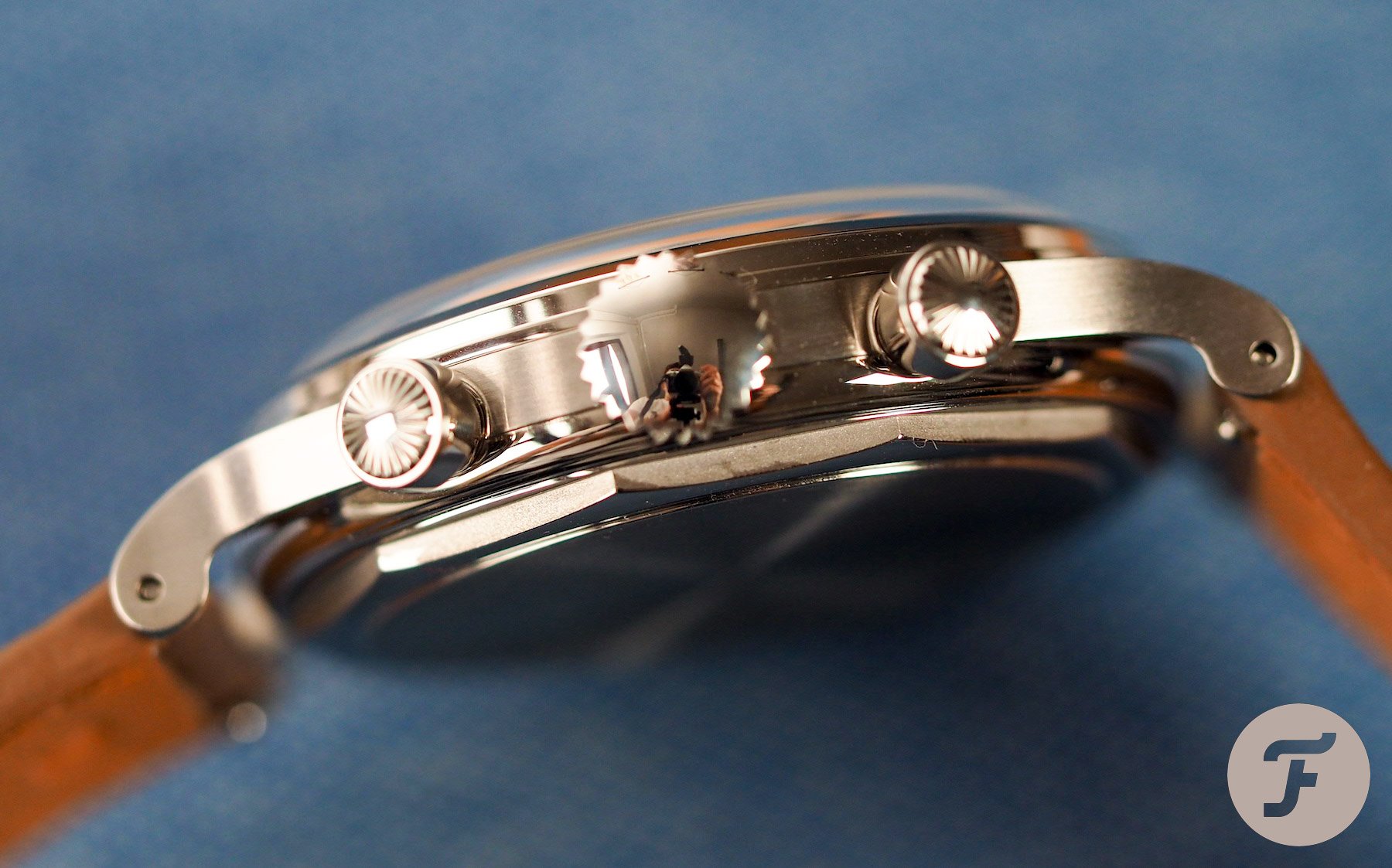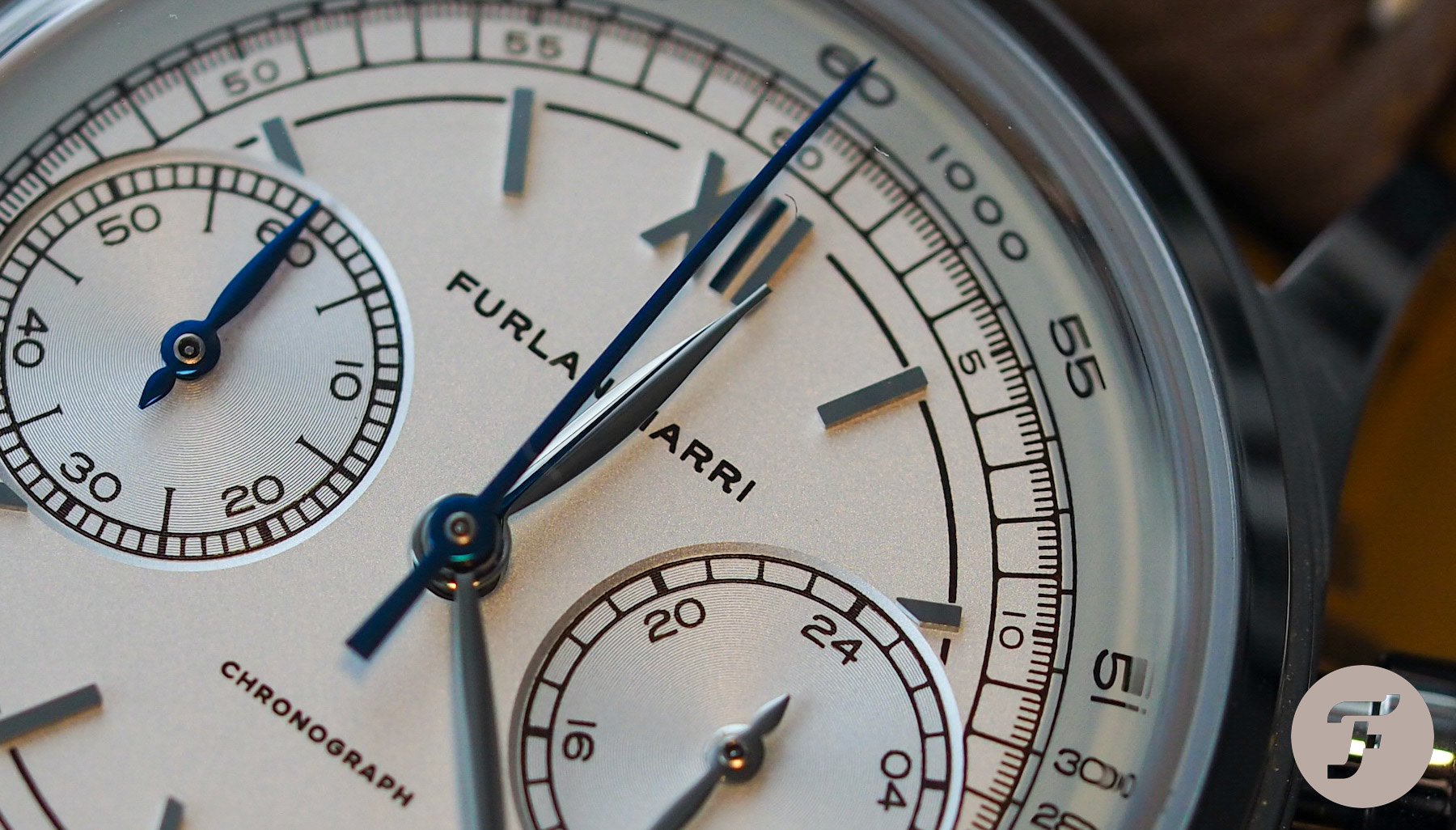How To Start A Microbrand: Part One
Tell me the truth, how many of you, like me, nurture the secret wish of having a watch on your wrist with your name on it, or your napkin-sketched logo from that chat you had with your retro-obsessed best mate? While it might seem easy with the help of Kickstarter and other crowdfunding sources, there are as many pitfalls as well as there are success stories when it comes to microbrands.
But that doesn’t make it any less enticing, actually CREATING something of your very own. I’m probably not alone in thinking I might be set for success as a watch designer (daydreaming? moi?), but how does one go about it, could we entice brand owners to share the secrets of how to start a microbrand?
We might through our fandom think we know everything about color trends and what constitutes a goldilocks wristwatch size. For you, this might mean a 47mm behemoth diver’s tool in solid brass, with a bright purple bezel made from recycled, ground-up beer bottles. This might seem a Sure-Fire win, especially when opening your own Kickstarter account after coming home from the pub at 2 am ready to launch your microbrand. I’ll give you one term to consider before launching your purple brassy beauty, Market Research, and then give you some top tips from three 2021 success stories.
We’ve had a chat with two debut brands smoking Kickstarter in 2021, to see what it takes to make that first foray into watchmaking. In our second part, we talk to US brand Lorier Watches, now to be counted among the Establishment of Microbrands. This vintage-infused brand became large enough for the owners Loren and Lorenzo to give up their teaching jobs, and move from Texas to New York to run their brand full time.
The colorful UK debutant, Studio Underd0g
Studio Underd0g (yes, it’s a zero, not a typo) burst onto the scene this year with a trio of Seagull ST19-powered mechanical chronographs. The combination of searingly fresh colors, and a contemporary graphic design language on the dial of what is a Big Eye vintage chronograph at heart, set Richard Benc’s creations apart from the normal retro crowd and got funded rather quickly. The first thing we want to know is why? What incited Richard, who I’ve known for a couple of years now, to start his own watch brand?
Richard tells us, “The foundation of the Studio Underd0g brand was somewhat of an accident if truth be told… In March of 2020, I found that I had an abundance of free time since all the pubs were shut. During the first few weeks of lockdown, I posted some digital concept renders of a quirky mechanical chronograph that I had designed for fun on a Facebook group called Microbrand Watches.
TS: Yes, as a member myself, I remember commenting and being one of many sharing their opinion online, I reckon this must have been a great way to get yourself free market research, Richard?
“The community response was incredible with over 100 comments by enthusiasts, expressing their support towards my watermelon-inspired watch. The overwhelmingly positive feedback motivated me to continue maturing my ideas further, I began to develop prototypes and things snowballed from there” Richard tells us.
Does a design background help?
TS: And how has your professional background helped you getting this off the ground, Richard?
“In terms of my background; I studied Product Design at University and have ~6 years of experience within the watch industry, primarily working on design & development for the brand Braun. This experience allowed me to streamline my development process and meant I already had met some brilliant manufacturing partners, so there is no doubt that this has helped me bring the watches to market fairly quickly.”
TS: And how about tackling the time-consuming field of market research, or are three references all still as you first envisaged them when the idea struck you, could you tell us more about this process?
Richard explains; “ While I didn’t do any market research per se, I followed my own vision. I wish I could say that this was a strategic decision based on unwavering self-confidence, but the truth is that it didn’t cross my mind that Studio Underd0g would be something that I’d bring to market – hence I never really took a commercial approach! I believe this lack of ‘commercial thinking’ was one of the biggest reasons for the success of the brand, as it gave me total creative control to create watches that I was drawn to personally which evidently resonated with the community.”
The costs involved
TS: Without giving the game away, what would you say is a decent budget for prototyping, and how long has the gestation period from idea to metal been, Richard?
“That’s a tough question to answer as there are so many dependencies (such as design/material/manufacturing location) but what I will say is that when it comes to prototyping, the challenge isn’t necessarily a financial one. As long as you’re not planning to develop your own movement from scratch, prototyping a watch is fairly cheap when compared with other products”. And when we asked Richard to go into the complex stages of sample production: “For reference, if you wanted to develop an off-tool sample of a plastic clock, you’d need to commit to the injection mold tooling costs, which could be anywhere from $20,000–$60,000.
For a watch, the manufacturing techniques are different, which means a quality sample could be built for as little as $1,000–$2,000. This low cost of entry is a contributing factor as to why we’re seeing so many new microbrands every week for better or worse.” Richard tells us further: “Prototyping lead times can vary, and I’ve personally found that development and production lead times have increased by about 75% since the start of COVID. It’s taken me approx. 18 months to bring my initial ideas to market”
TS: And if you could give us ONE sentence of advice for a future microbrand starter, what would that be?
“Don’t make all your decisions based on what you may believe is the ‘most commercial’, as you’ll inevitably end up designing yet another Submariner homage!”
The Studio Underd0g Chronograph, a microbrand taste of melon
The Studio Underd0g Chronograph was funded quickly and is now already shipped to its first buyers, fully funded within the first day. With its three fresh color choices, It’s a perfectly sized 38mm vintage-infused chronograph. juxtaposed to its modern dial flash is the ST19 slim manual wind caliber we know from Baltic and others, a charmingly fifties movement produced in China based on an original Venus caliber. The flash of colors and textured dials set the Studio Underd0g chronographs apart from the crowd with nothing but smile-inducing boldness.
Furlan Marri — a Swiss/Arabian runaway success with obsessive vintage details.
Furlan Marri deserves all kinds of kudos for what feels like one of the most complete packages of vintage style, marketing, and a campaign that went pretty much viral. And despite the quality of the PR material and fairly viral campaign, all work was executed by the two brand founders, Andrea Furlan and Hamad Al Marri. I had the pleasure of talking to Andrea Furlan at the Geneva Watch Days, ironically while my own Furlan Marri was being delivered to my house in Norway.
TS: Andrea, what are you and Hamadi’s backgrounds, and did you outsource any R and advertising work for your campaign?
Andrea Furlan spills the beans: “I am a Swiss industrial designer who studied at the ECAL university, and worked for several watch brands on internships, including Chopard, HD3 Complication (Jörg Hysek), Hublot, Sarcar or Atelier XJC (Xavier Perrenoud), before working for Dominique Renaud (co-founder of Renaud & Papi). Some of the most famous watchmakers worked inside the Renaud & Papi ateliers, such as Greubel Forsey, the Grönefeld brothers, etc, and some of the biggest brand developments were made possible thanks to Renaud & Papi team.
Working 4 years for Dominique Renaud was incredible as a learning experience in the high-end watch industry. After this experience, I went to Asia and Los Angeles for about one year, working as a watch consultant for big brands, learning more about the production side and e-commerce. There, I saw the reality of production, logistics, and project management from a supplier’s standpoint. After my trip, I came back to review and choose the suppliers and craftsmen I wanted to work with.”
TS: Can you tell us more about your partner Hamad?
“Hamad Al Marri is a fine watch collector and artist from the Middle East. Since his childhood, he has been walking around auction houses, listening to the incredible stories watches could tell. He puts his artistic skills into each new development, sketching with me all new projects for the Furlan Marri brand. We did not outsource any PR advertising, as we did everything internally. PR companies charge too much money for their services and we don’t know sometimes what they do precisely. We were able to do that from our side.”
Hype or a studied game plan?
“Of course, we have been working with the press and journalists, sometimes sponsored articles (not more than 3). Actually, we were really surprised to receive this amount of orders for the amount spent on marketing. We just did the right and normal job, a good presence before the launch, an honest project, and a story to tell. People know that we want to do much more in the future and it’s a bigger life project.”
TS: And Andrea, how long would you estimate the planning stage for this first chapter to have taken?
Andrea tells us, “From the first sketch to the final crowdfunding results, it took us one year. This is fast, as we needed to plan everything from scratch. As we are able to do most of the pre-prototype stage, sketches, website or 3D renderings in Geneva at the Studio, we can be quite fast now on any decisions and to release a new product.”
The fastest funded microbrand of 2021
TS: Andrea, I have the distinct suspicion that your five references caused the biggest microbrand Kickstarter success of 2021. How quickly did the project get funded, in minutes?
”Yes it’s true! In fact, we got funded in 35 seconds. It kept rising from day 1 to day 10 and peaked on the last days of the campaign in terms of orders. We kept updating on on our social media accounts, sharing the project progress and did interviews with local TVs around day 20-25 before the end of our campaign.
TS: Andrea, do you have a sentence of advice for a future microbrand starter?
“First you need a lot of time in advance to prepare the project, many people finalize their prototypes and go directly to start a crowdfunding campaign. You need at least 3 months to show some prototypes to the press, bloggers, collectors, friends, and family to receive their thoughts and feedback, start an Instagram profile and plan the release date with the press to have articles timed for the start, and during the campaign.
You will need to build a website or landing page before the launch, in order to collect emails. Instagram followers and emails will allow you to take the temperature, and make sure people are ready to hear your story and engage with your future brand. What we would suggest also is to talk to as many people as possible (in the watch industry) from friends to fine collectors and journalists. Try also to centralize the process as much as you can, from production to logistics, so you will be able to decrease the time or delay between each step.
What we did on top of that is a Clubhouse meeting before the launch or during the launch, to meet with people in the watch industry, ask questions, and get feedback. We were quite confident as we know where we want to go in the future, we have a vision and a true story to tell.
The Furlan Marri Chronograph, mecha-quartz dependability in a timeless case
With its pitch-perfect mid-century 38mm unicompax design and the solid Seiko VK64 for peace of mind, the timing seems to have been perfect. Smooth in-house marketing and social media interaction aside, small is the new big and this slim dress watch is it. Through their industry know-how, Furlan Marri has managed the enviable task of enamoring industry people, watch collecting Instagram stars and Patek collectors alike. It doesn’t take more than a good look at one of the five references to get why, like Rob’s shot of the Tasti Tondi here.
There is a mature balance to what is a typical late-forties busy dial landscape, with a Patek-esque look to the large twin registers and roman numerals at 12 and 6. Perhaps in this tonally matched grey reference even more than the others (including a perfectly fresh salmon and chocolate), the sense of surface and saturation of colors make for an elegant companion. Leave that Tasti Tondi safe at home, with a picture of forties formality looking just as good with that Armani suit, and for the launch price of $350 you might as well buy two.

